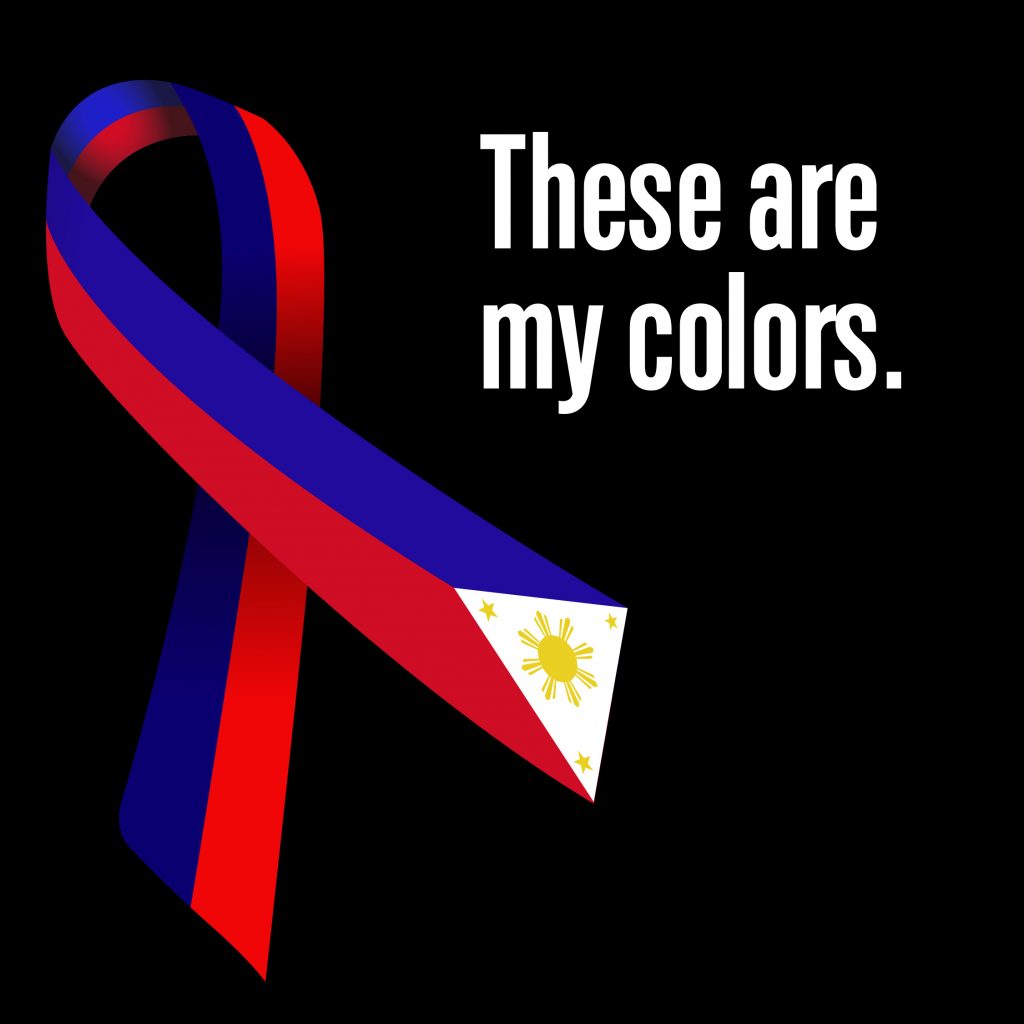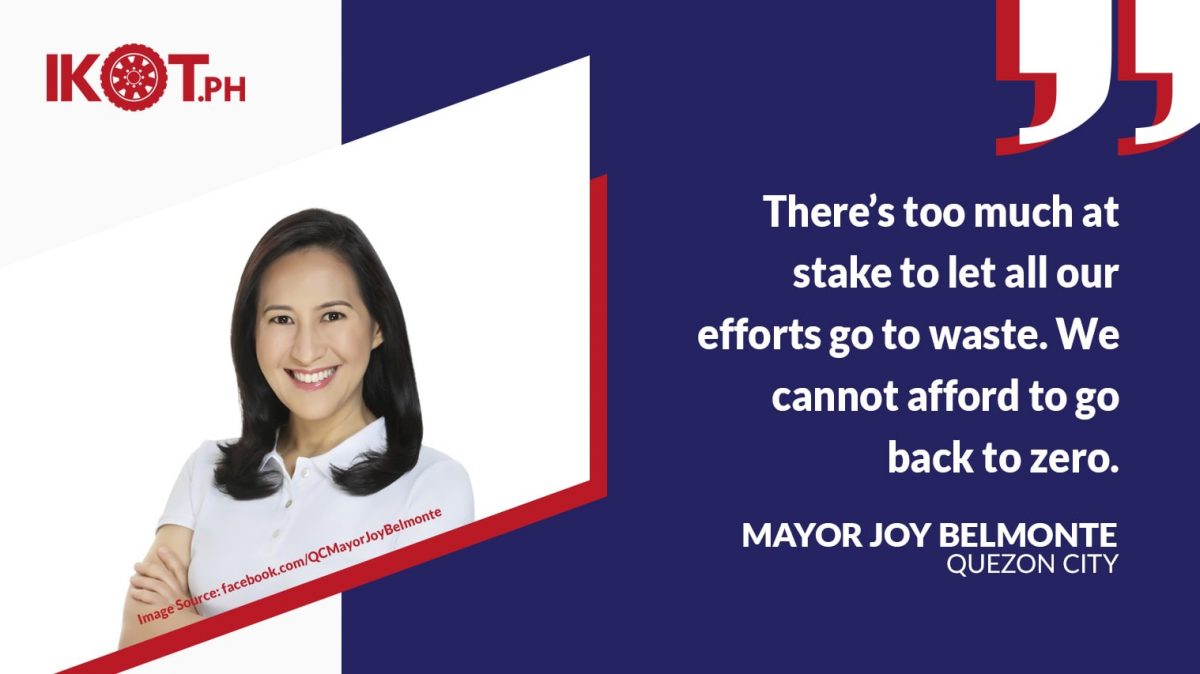In an attempt to avert a possible resurgence in COVID-19 infections, the Quezon City local government has devised an early warning system that detects and analyzes “signals” of a possible surge.
Designed by the Quezon City Epidemiology and Disease Surveillance Unit (QCESU), the warning system entails the systematic monitoring of new cases, analysis of trends, and recommendation of strategic measures to prevent another life-endangering outbreak.
“As our doctors would say prevention is better than cure.”
“As our doctors would say prevention is better than cure. At this point, there’s too much at stake to let all our efforts go to waste. We cannot afford to go back to zero,” said Mayor Joy Belmonte, noting that the city government continues to employ preventative measures to keep any possible surge at bay.
The warning system uses three colors–white, yellow, and red–to classify the status of infections in the city.
According to QCESU Chief Dr. Rolly Cruz, the warning system uses three colors–white, yellow, and red–to classify the status of infections in the city.
It includes four indicators namely, the Growth Rate (GR) between the current week and the previous week; the 7-day average Daily Attack Rate (ADAR); the daily positivity rate with a 7-day moving average; and the Reproduction Number.
Under the system, the white status is raised when COVID-19 cases are below average and all data indicators are considered stable. No surge of cases is expected in the next 14 days.
The yellow status is raised when cases are seen increasing compared to the previous week and when three of four indicators have increased from normal to above normal.
Under this condition, there is a possibility of a surge within the next 14 days.
A red status is raised when cases continue to rise and all other indicators remain high or have breached the indicated threshold. This indicates the start of a surge.
When QCESU raises Yellow or Red status, communities are expected to be on high alert and to follow strict minimum public health protocols.
Cruz said as of date, the city is under white status, and has more than 900 beds on standby in its three remaining HOPE facilities.


